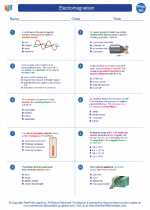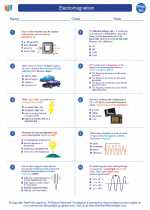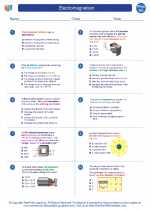Body Structure
The human body is a complex system of organs, tissues, and cells that work together to maintain life. Understanding the structure of the human body is essential in the study of biology, anatomy, and physiology. Here are some key concepts to help you understand the body structure:
Cells, Tissues, and Organs
Cells are the basic units of life. They combine to form tissues, which in turn form organs. Examples of organs include the heart, lungs, liver, and brain.
Organ Systems
Organs work together in organ systems to carry out specific functions in the body. Examples of organ systems include the respiratory system, circulatory system, digestive system, and nervous system.
Anatomy and Physiology
Anatomy is the study of the structure of the body, including the shape, size, and location of organs. Physiology is the study of the functions of the body and how the organs work together to maintain life.
Body Cavities
The human body is divided into several cavities, including the cranial cavity, thoracic cavity, abdominal cavity, and pelvic cavity. These cavities protect and support the internal organs.
Study Guide
Here are some tips for studying body structure:
- Start by learning the basic cell structure and function.
- Understand the different types of tissues (epithelial, connective, muscle, and nervous) and their functions.
- Learn the major organs in each organ system and their functions.
- Study the anatomical terms and directional terms used to describe the body's structure.
- Review diagrams and models of the human body to visualize the relationships between organs and systems.
- Practice labeling diagrams and identifying organs and structures in the body.
By understanding the structure of the human body, you will gain a deeper appreciation for the complexity and beauty of the human form.
.◂Physics Worksheets and Study Guides High School. Electromagnetism

 Worksheet/Answer key
Worksheet/Answer key
 Worksheet/Answer key
Worksheet/Answer key
